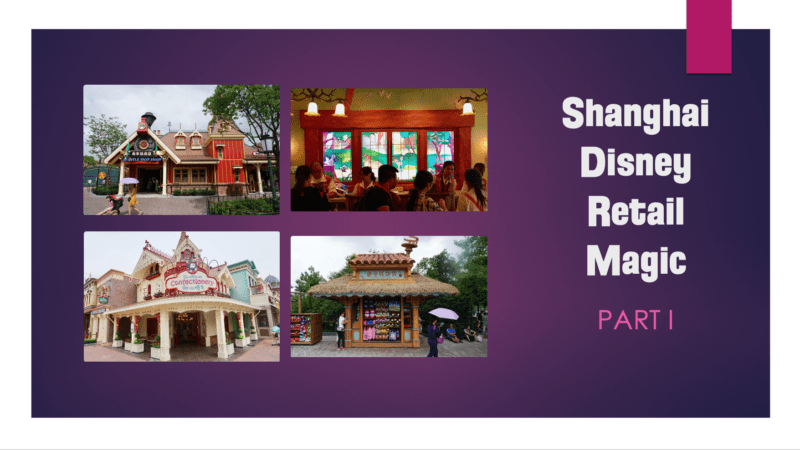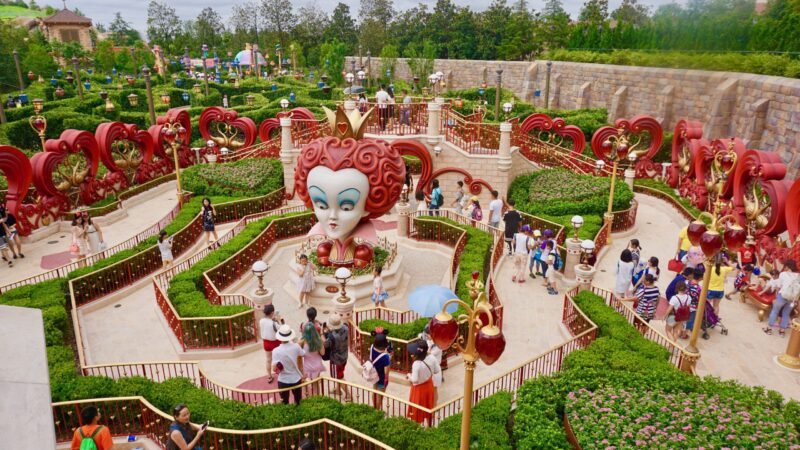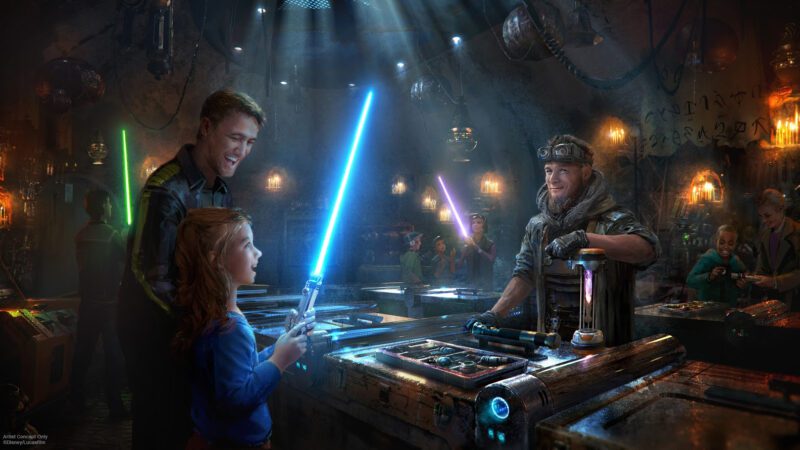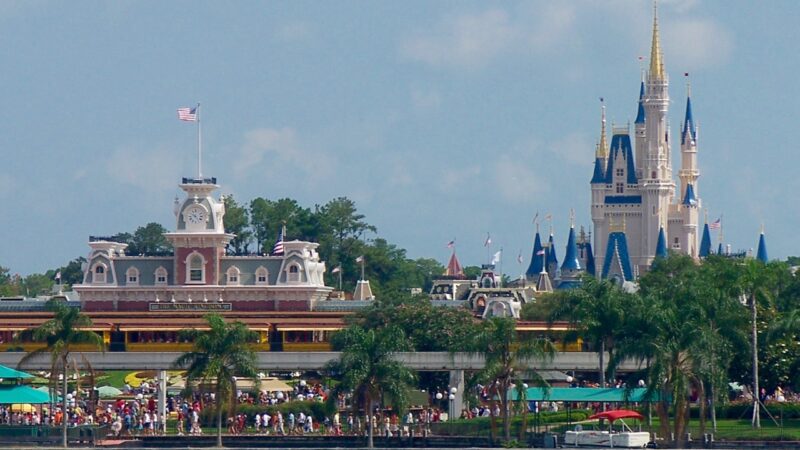Tower of Terror, Water, and Temperance


The Tower of Terror at Tokyo Disney Sea is an incredible structure, dripping with details, and worthy of study in its own right. Unlike other Disney tower drops worldwide, this one has nothing to do with the Twilight Zone television series. Rather, it is something of a moralist fable in which the wealthy collector, Harrison Hightower III, owner of the hotel, pillaged antiquities from across the globe and brought them back to his hotel residence. That obsession would turn against him with the collection of a cursed idol, Shirk Utundu, whose magic turns against Hightower and ultimately serves to haunt your own journey down a fallen elevator shaft.
Our focus today isn’t necessarily here, but in the shadows of the Tower of Terror out front. In my visits to Tokyo Disney Sea, I found fascination with the detail paid to what is essentially a facade that fronts the entrance of the restrooms nearby. In keeping with the theme of the American Waterfront, this building belongs to the New York City Waterworks.

In front of the restrooms is a fountain cascading from a beautiful tile mural that depicts a perfect forest glen. The words in the center read: “From the Mountains to the Metropolis.” I find the beauty and detail of this setting to be quite exquisite, especially given that it’s really lending attention to simply a restroom. It’s typical to see such details at Tokyo Disney Sea, but I didn’t necessarily know what it meant. Recently I learned the meaning behind the advent of drinking fountains in New York City. We think very little of drinking fountains today, and many of them in major cities like New York do not even work. No bother, as we typically grab some bottled water nearby and go our way. But water fountains were a major deal in the era in which the themes of the American Waterfront are presented. Water fountains were a solution to a major problem facing the country at that time. And what was that problem?
Alcoholism.
Most people back then didn’t drink water. They drank beer. Beer is mostly all water. But the alcohol largely removed the bacteria found in it. Why didn’t they drink water? Because the nearby rivers had all sorts of pollutants in them from lack of proper sewage treatment. Water was making people sick, and led to major challenges around cholera and other diseases. The solution of the day was to drink beer. That’s why we have so many bars and saloons in that era. It was the only place to go if you were thirsty and wanted something that didn’t make you sick.
The problem with beer, however, was alcoholism. And alcoholism, a challenge in any era, was a big problem during those years. Many people could not control their drinking. Even children were drinking at an early age. There were simply few other options.
What was the solution? Drinking fountains. And who led that effort? It was led by Christian Temperance Movements. They worked to raise the funds to build what were known as Temperance Fountains across major cities. Many of these were very ornate in and of themselves. They had statues, murals, or other works of art created around them to draw and attract thirsty patrons. And many of them carried inspirational quotations that would hopefully inspire you to take the higher road in life.
That’s what we find here in Tokyo Disney Sea:

The quotation, and its attached depiction of things worthwhile and beautiful, is quite the contrast to its ornate and lavish neighbor occupied by Mr. Hightower. You might wonder how often he would have passed that quotation coming and going from his center of wealth. Yet he never really did get the message that some things are worth more than wealth. And he paid dearly for it.
Or so the story is told.





